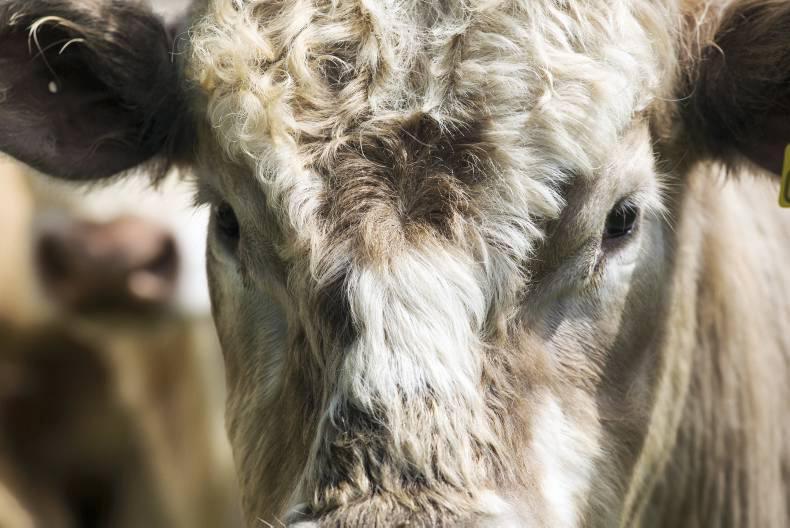Get a grasp on the average farm cover: The wet and cold weather has hampered many farmers’ plans for an early turnout, even on dry ground. There is no point poaching ground just so you can say you are the first person in the area to get cattle out. However, at this stage you should be starting to walk the farm and measure grass again to get a grasp of farm covers.
Even if you won’t turn out any stock for a few weeks, you still need to monitor the bank of grass ahead of you. One of the growing concerns on several farms, particularly heavy farms, is to get heavy covers grazed off early and slurry applied. Walking the farm now will allow you to start planning the spring rotation.
With ground still saturated, turning even light cattle out can lead to poaching, particularly on heavy land. This should be avoided where the risk of poaching is high as it could have an impact on grass growth and trafficability in the second rotation.
However, some areas of the country are dry enough to turn out light weanlings or autumn-born calves for a few hours each day. Where you are considering doing this, target sheltered areas and allow calves to have free access back to a straw-bedded calf creep to reduce the risk of chills and pneumonia.
Buying Dairy-bred calves: In the past week, we have started to see entries of calves in marts increase once again. Last year saw an increase in the number of suckler and beef farmers buying calves, either to rear through as replacements or to bring to beef. Before you go out to buy, it is important that you complete a budget for the system you are planning.
You can buy a Friesian bull calf for €80 to €100 at the moment – for a small investment you can secure good numbers of stock. However, you need to look at the amount of cashflow required to bring that animal right through the year, or to slaughter. The costs of rearing a Friesian bull calf to the weaning stage at about eight weeks of age, will cost close to €100/head when concentrate, milk replacer, straw etc is included. If you are looking at finishing these calves as steers under 24 months or as bulls under 16 months, the total amount of capital required over the period can often run to €800 to €950/head, depending on ration costs, purchase price etc.
If you are considering buying Angus or Hereford heifer calves with a view to keeping them on as replacements, ensure that the sire data of the calf is recorded, this will help in the star rating of the animal on the replacement index.
Animal remedies: Before calving and spring work gets too busy, it may be a good opportunity to ensure that animal remedies paperwork is up to date. If you are unsure of any product etc, crosscheck your records against your vet or supplier to ensure that you are in compliance.






 This is a subscriber-only article
This is a subscriber-only article










SHARING OPTIONS: